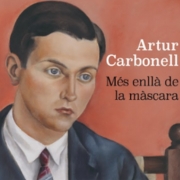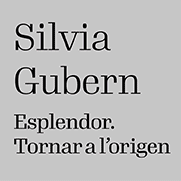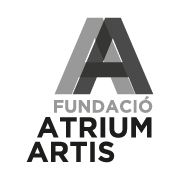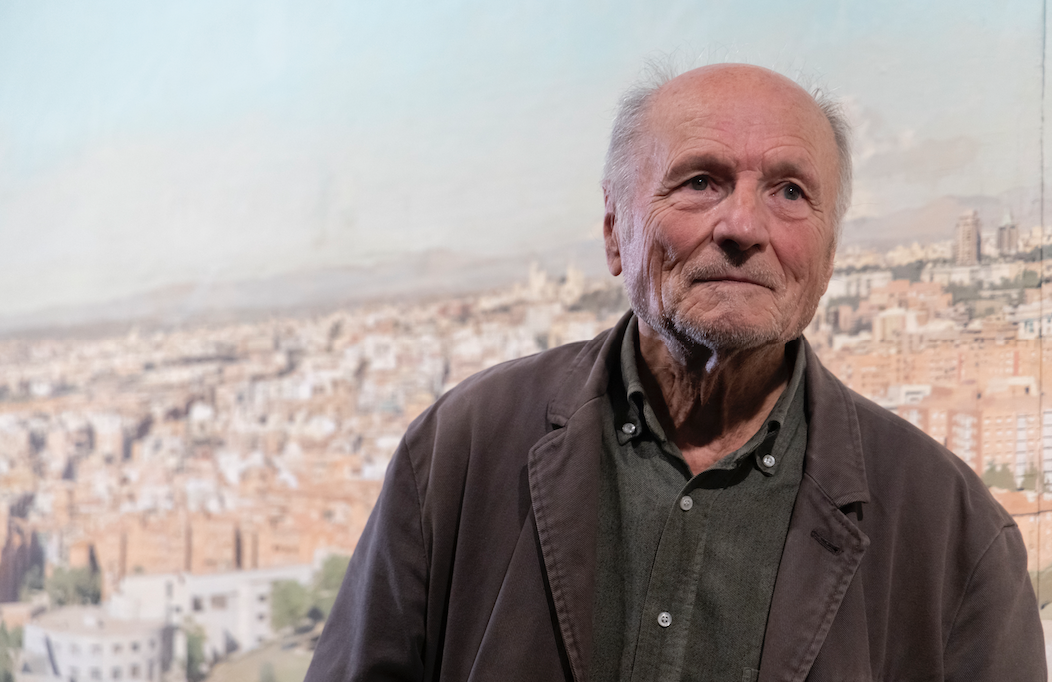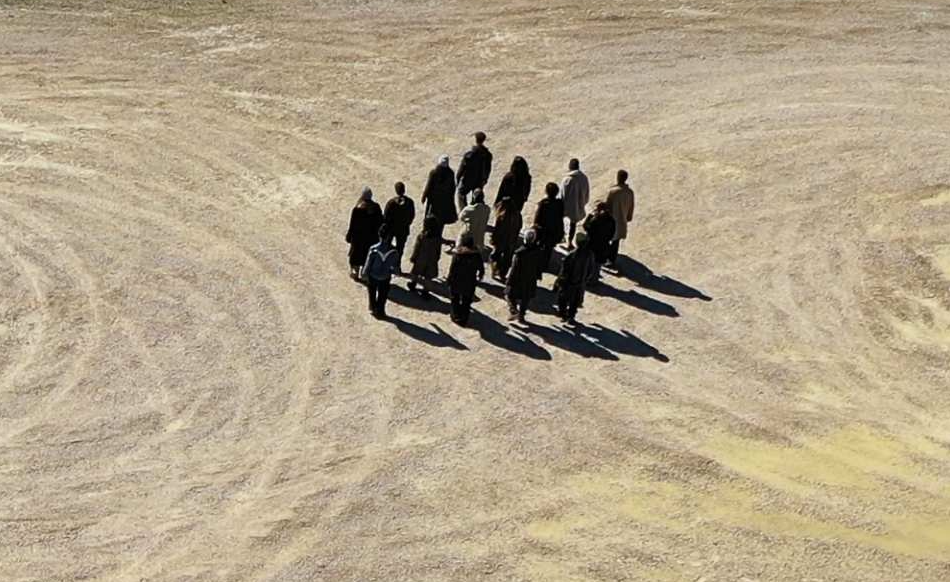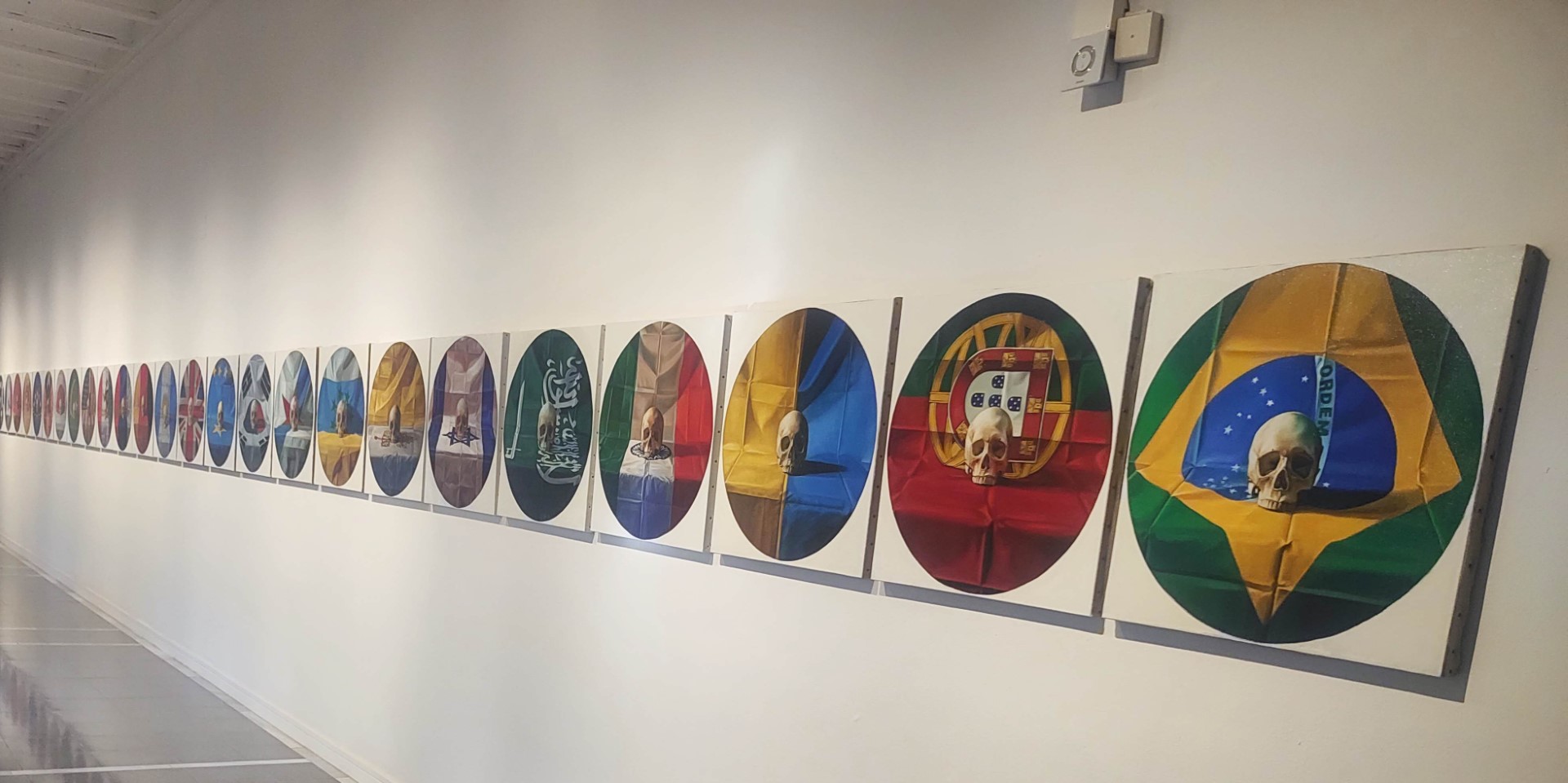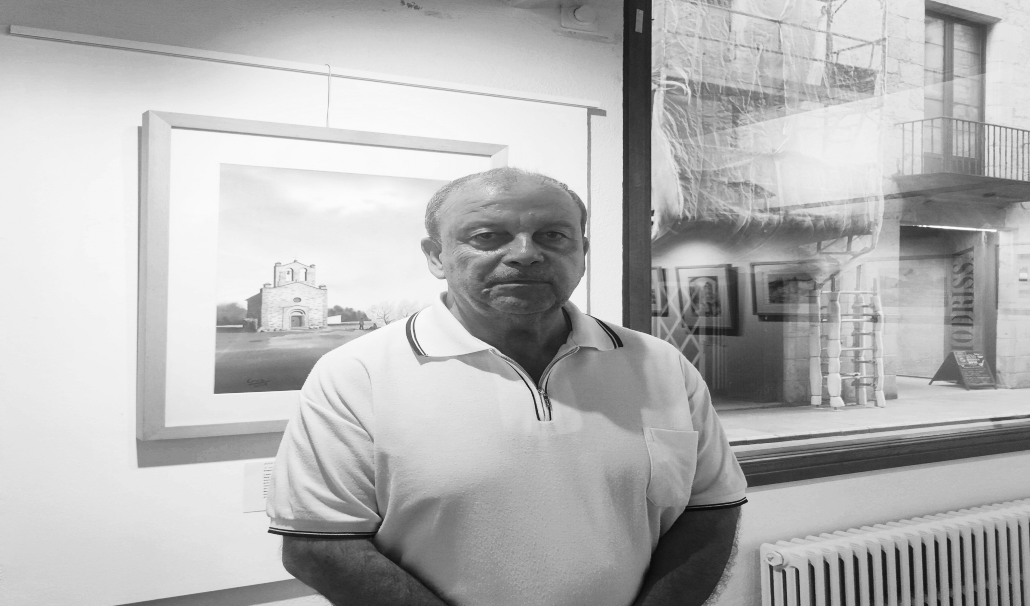Exhibitions
'Another art. Informalism in Catalonia, 1956-1966' at the Girona Art Museum
The exhibition establishes the most extensive review done so far on the informalist artistic trend in our country
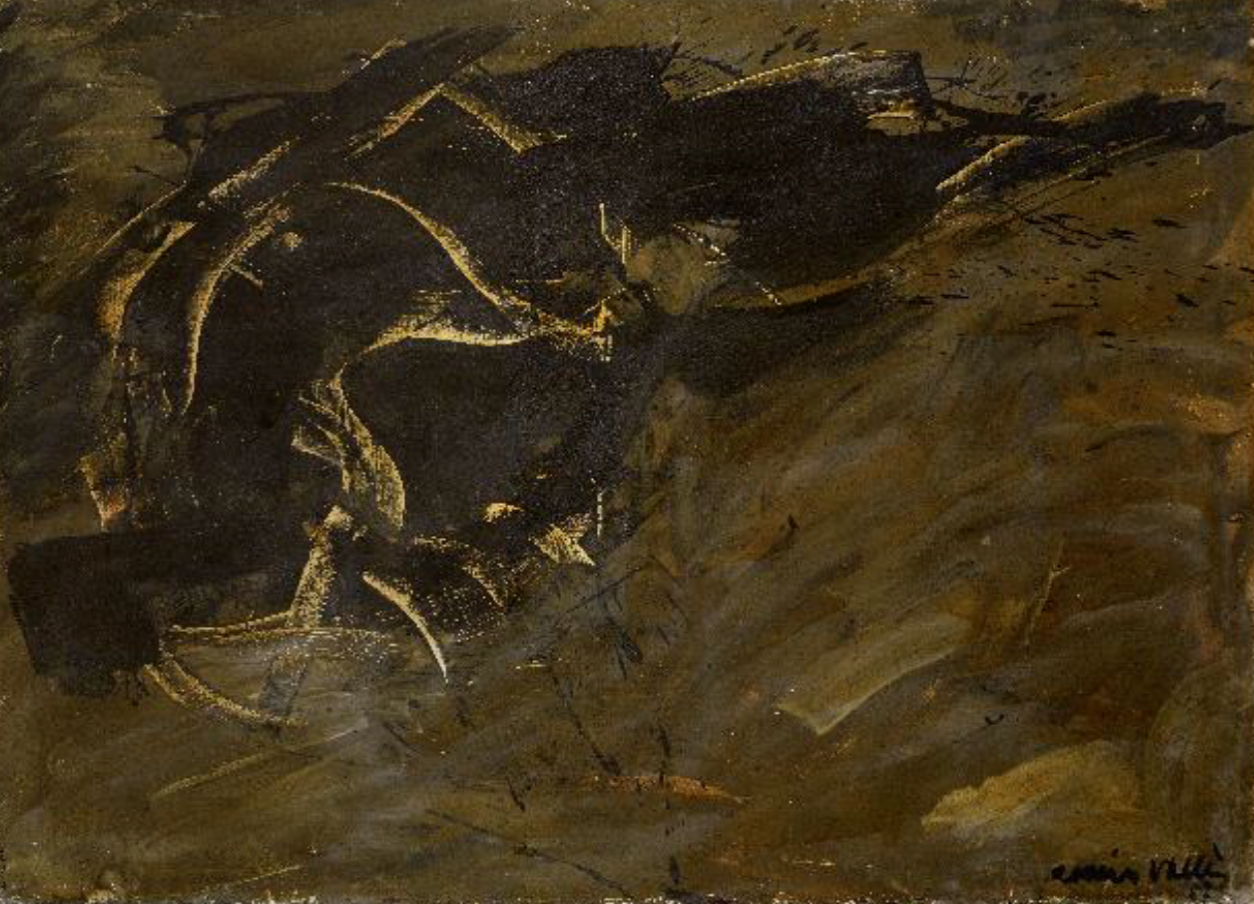
The Art Museum of Girona opens the exhibition Another art on October 27 at 6 pm. Informalism in Catalonia, 1956-1966, curated by Joan Gil Gregorio and Conxita Oliver. The exhibition, which will open its doors to coincide with the start of this year's Girona Fairs and can be visited until April 2024, dedicates a space to the historian and critic Juan-Eduardo Cirlot (Barcelona, 1916 -1973), one of the staunchest defenders of this movement. It also gives special recognition to the artists Albert Ràfols-Casamada, Romà Vallès, Evarist Vallès and Antoni Tàpies, whose birth centenary is being commemorated this year.
The exhibition will vindicate a whole generation of artists who had an indisputable historical significance, so that it is placed in the place it deserves in the historiography of contemporary Catalan art and so that it is present as it belongs in the exhibition discourses of national museums.
Another art. Informalism in Catalonia, 1956-1966 presents more than sixty works by forty-one Catalan artists, gathered in just over 400 m 2 of exhibition space, which allow us to delve into these ten prolific and pivotal years of contemporary Catalan art. An exhibition that offers the possibility to understand the different trends within the movement, to name the names of little-known artists and to pay tribute to artists who are celebrating their centenary this year, in addition to experiencing the power of expression, of gesture, of the matter and space of informal art.
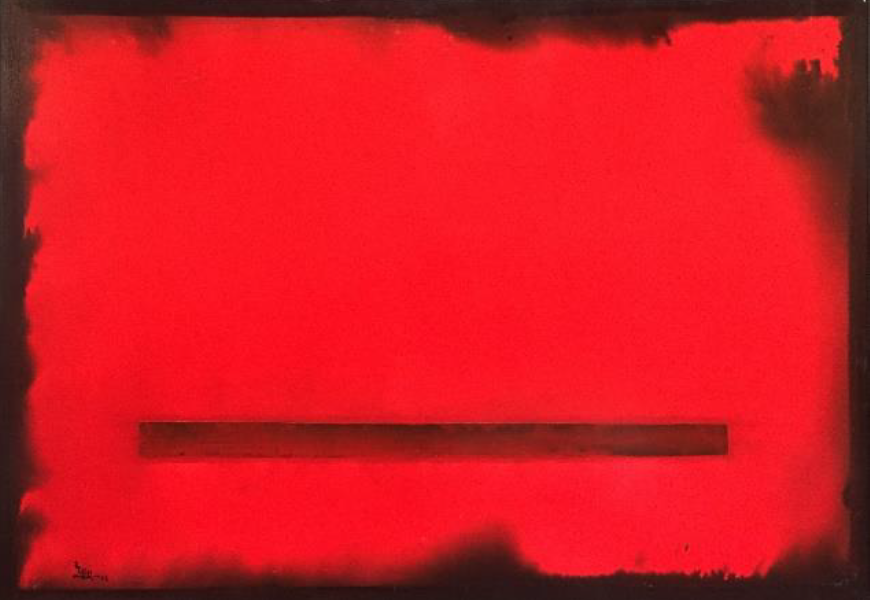 Agustí Español Viñas. Estructura en vermell, 1964
Agustí Español Viñas. Estructura en vermell, 1964
The tour begins with a first introduction of context: a wide documentary mosaic that draws a map of the most significant actions and exhibitions of the movement in America, Europe, Spain and Catalonia. The sample is then sorted into five conceptual areas. The first area is dedicated to the artists Albert Ràfols-Casamada, Romà Vallès, Evarist Vallès and Antoni Tàpies, whose birth centenary is being celebrated this year. The second is intended for informal artists, with work by Magda Ferrer, Elena Paredes, Amèlia Riera, Conxa Sisquella, Anita Solà d'Imbert and Maria Assumpció Raventós; a selection of works that demonstrates the strength and creative power of the artists, despite the difficulties they suffered to become professional and many of them being relegated to oblivion.
The rest of the areas are grouped according to the trend: gestural or action painting characterized by works of energetic and expressive brushstrokes, with works by Teodoro Asensio, Eduard Alcoy, Joan Hernández Pijuan or Enric Planasdurà, among others; material painting, of which in Catalonia Tàpies is the most significant representative, in addition to figures such as Daniel Argimon, Modest Cuixart, Josep Guinovart, and many other artists who will be seduced by the thicknesses and textures; tachismo , with proposals by Joan-Josep Tharrats and August Puig; spatialism, which offers an unprecedented conception of the traditional notion of space with a diversity of proposals such as those of Agustí Español Viñas, Norman Narotzky or Lluís Bosch, who experiment with chromatic fields or Carles Planell, who pierces and perforates fabrics , just like Joan Furriols, who does it with metal plates.
Within the exhibition there are still other unique areas. One reserved by the 0 Figura group, name adopted by the group formed by Joan Claret, Joan Hernández Pijuan, Joan-Josep Tharrats, Josep Maria Subirachs, Joan Vilacasas and the art critic Rafael Santos Torroella, active between 1960 and 1963; a space dedicated to Antoni Tàpies, one of the introducers of the movement and the most paradigmatic informalist painter in terms of his subsequent evolution around the subject, whose centenary commemoration of his birth begins this year, which will last until length of 2024; and still a final space dedicated to Juan-Eduardo Cirlot, one of the most prominent theorists and art critics of his time linked to the magazine Correo de las Artes , the most avant-garde and one of those that spread the most about the artists of the revelation, not only Catalans but also nationally and internationally.
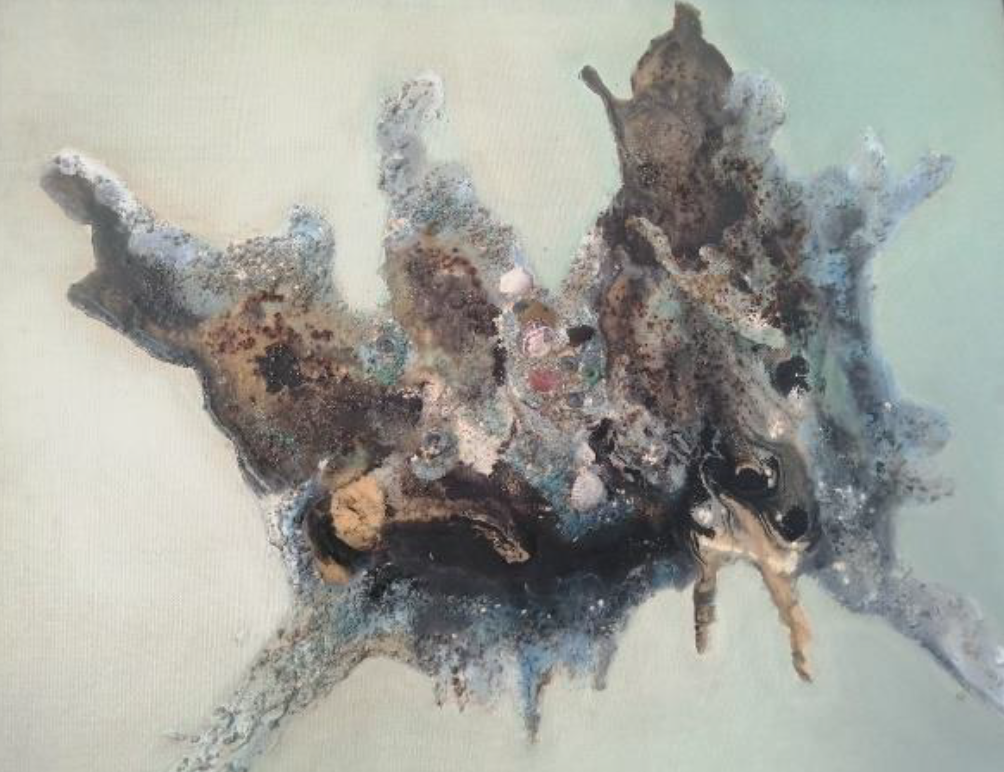 Anita Solà d’Imbert. Sense títol, 1965
Anita Solà d’Imbert. Sense títol, 1965
It is worth noting the careful selection of the works present in the must, most of them from private collections - although many had been part of the collection of the Barcelona gallerist of French origin, René Metras - but also with works from private entities such as the Bassat Foundation, or Catalan museums, such as the MACBA, the Tàpies Foundation, the Morera Museum in Lleida or the Víctor Balaguer Library in Vilanova i la Geltrú.
A new acquisition at the exhibition
The exhibition incorporates and presents to the public a newly acquired work purchased by the Generalitat de Catalunya, at the request of the Girona Art Museum, through the recently created National Plan for acquisitions of post-war works of art and second avant-garde , set up with the intention of incorporating historical contemporary works of art by artists from the period especially between the 1940s and 1980s in Catalan museums. This is Norman Narotzky's painting Burnt landscape (oil on canvas, 130 x 162 cm) dated 1960, from the same artist's collection. Narotzky, American by birth and Catalan by conviction, spent the summer of 1955 painting in Cadaqués. Three years later, and after various trips around Europe, he settled permanently in Barcelona, alternating with stays in New York and Cadaqués, where he still spends long seasons. The work is one of the few that have been preserved from the artist's informalist period, which became a bridge between the international currents of painting, especially between American expressionism and the Catalan art of the moment.
Another art in Girona
Informalism is one of the most relevant movements that Catalonia has had in the second half of the 20th century because of what it meant for creative freedom and a break with the representative limitation imposed in the context of Francoism in Spain. As an artistic trend, it emerged in Europe after the end of the Second World War and was defined with concepts such as art-autre or informal art , coined by the French art critic Michel Tapié, in 1951, to claim a "different art" . An art that renounced compositional organization and all that was rational elaboration, and that bet on works that did not represent anything, but were plastic manifestations with their own value. A personal and introspective art, which responded to the bleak panorama that invaded post-war Europe and which unfolded in a wide range of pictorial varieties - materialistic, tachist, signicogestual and spatialist - that dominated the European and Catalan artistic panorama, throughout the fifties and sixties.
In Catalonia, informalism arrived later. It will be throughout the decade 1956-1966 when more Catalan fans will experiment with these new ways of expression. Many of them had traveled to Paris, some such as Tàpies, Cuixart, August Puig, Ràfols-Casamada, Guinovart, Jordi Curós or Subirachs received scholarships from the Cercle Maillol of the French Institute. There they connected with the new artistic postulates. But one of the most decisive events was Otro arte , an international exhibition of painting and sculpture presented by Sala Gaspar in Barcelona in 1957, in which the most innovative international proposals could be seen. The novelties that arrive from the world captivate Catalan artists, and the informalist tendencies have a strong impact on many of them. At the same time, as the Franco regime opens up to international politics, the artistic avant-garde will be sponsored as a symbol of both aesthetic and cultural change.


